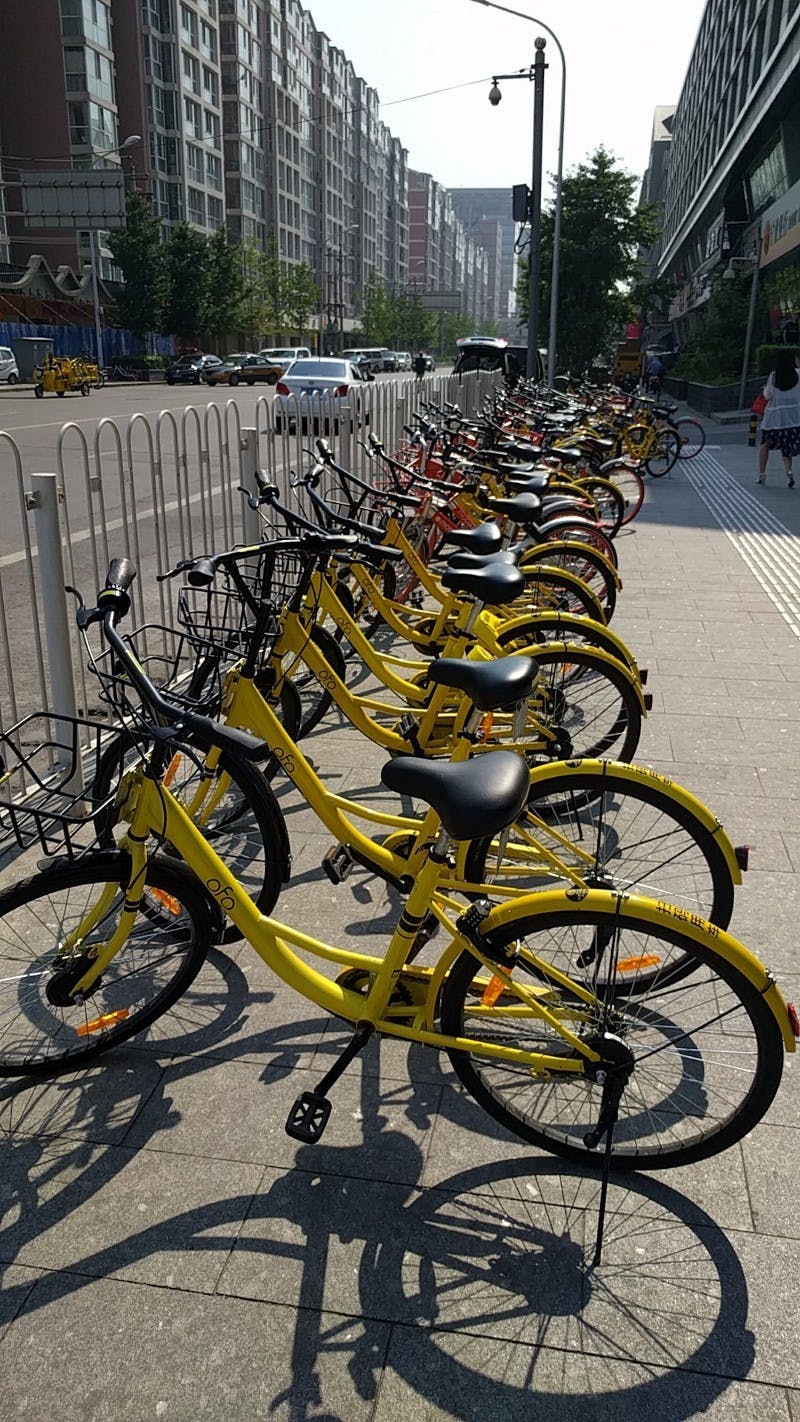687 reads
Where Technology Meets Culture: Week 1 of Living in Beijing
by
June 19th, 2017
About Author
entrepreneur
Comments
TOPICS
THIS ARTICLE WAS FEATURED IN
Related Stories
5 Realities of Tech in China
May 29, 2018
7 Useful Apps You Can Use in China
Dec 08, 2019
